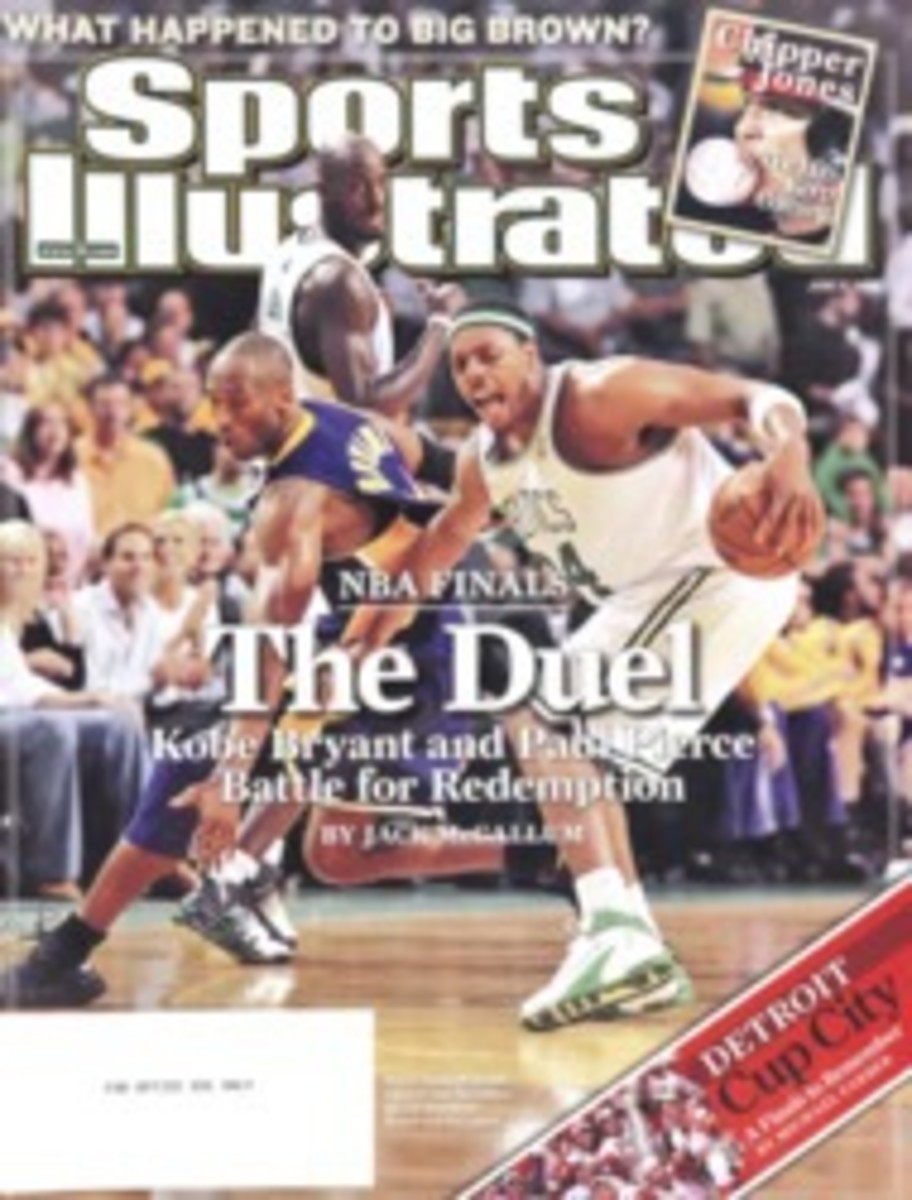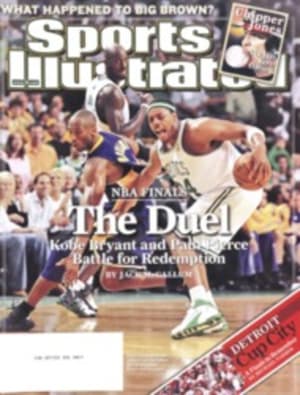
Big Play
WHO
Justin Leonard
WHAT
19-foot birdie putt
WHERE
162-yard, par-3 11th hole at TPC Southwind
WHEN
Second playoff hole at the Stanford St. Jude Championship
WHY
Leonard has always been a fierce competitor, which is why he's done so well at the Ryder Cup. He faltered on Tour in 2006, falling to 109th in earnings, because he couldn't control the ball, but after parting with Butch Harmon to go back to Randy Smith, his coach since childhood, Leonard has returned to form. Lucky for him, he never lost his uncanny putting ability, which starts with excellent speed control. If you watch, you'll see that Leonard rarely leaves a putt short.
DOM'S TIP
Putt a Field Goal to Develop Good Pace
To learn speed control, use the outline of an old hole, not a real cup, as your target, so you'll focus more on the pace than on holing the putt. Put a tee in the turf one putter length past the old hole, and put two other tees a foot apart—like goalposts—18 inches beyond the old hole. Hit putts from varying distances with the goal of making each putt stop between the old hole and the back tee and as close to the goalposts as possible.
Dom DiJulia teaches at Jericho National Golf Club in New Hope, Pa.
...AND ANOTHER THING
"Unless the pros ask to have officials enforce slow-play rules on Tour—and that's unlikely—slow play will get worse and worse."
GOLF MAGAZINE TOP 100 TEACHERS POLL
Will Tiger Woods's knee problem have a long-term impact on his career?
Yes 30%
No 70%
"It could be more serious than he admits. Any injury on the left side for a righthander is difficult to overcome."
-T.J. TOMASI, NANTUCKET GOLF CLUB
PHOTO
COURTESY OF CBS (LEONARD)
PHOTO
ERICK W. RASCO (BACKGROUND)
PHOTO
ERICK W. RASCO (HOLE)
TWO PHOTOS
ERICK W. RASCO (DIJULIA)
PHOTO
ERICK W. RASCO (TEE)
PHOTO
ROBERT BECK (WOODS)

